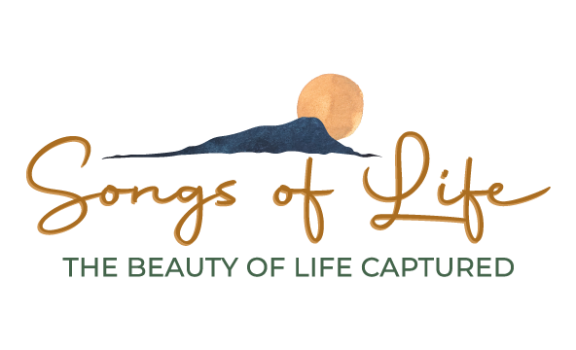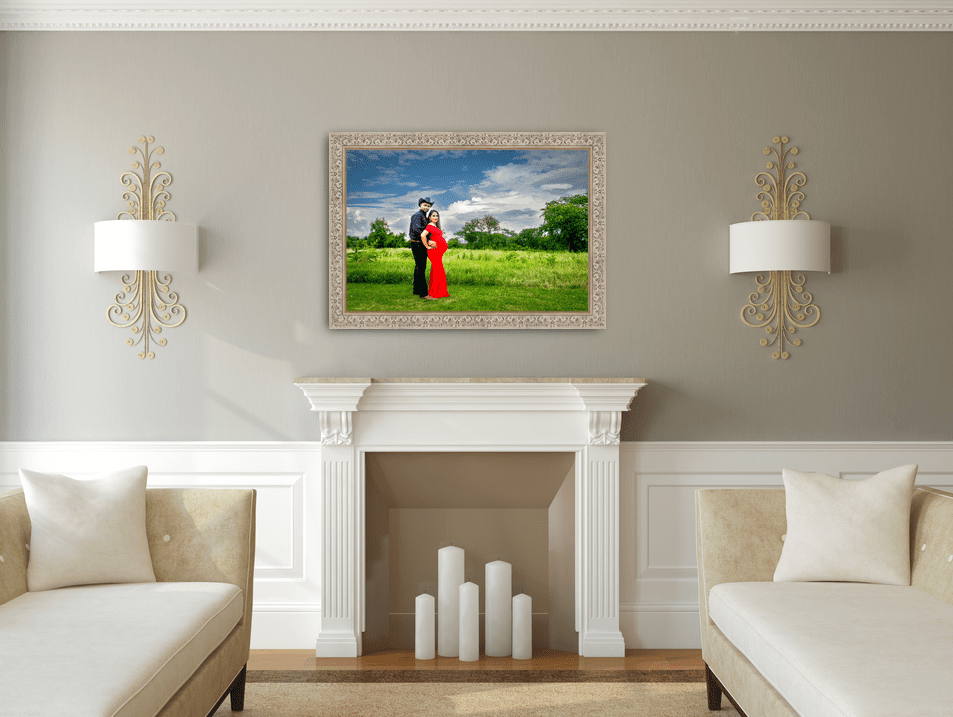Does it really matter?
Does having tangible pieces of your history and memories really matter? Why not just scroll through images on a phone? Or computer?
Digital photography changed so many aspects of the photography industry and the way people view and value imagery.
If you were or are a film shooter, you know that you only have 12, 24, or 36 ways to get it right in the camera. You did not have a memory card that could store hundreds of images for you just in case. You really had to get it right! Sure, you could still process your images in the darkroom and change things a bit, but it was so important to have your exposure and all the technical aspects of your image right.
If you are a digital shooter, you know you have a camera that can do everything for you. You have a camera that can set everything up according to the scene you are photographing. You have hundreds of times to get your image right and you can even check to see if it is right by looking at the screen on the back of your camera. You also have post production software that can change an image so much that you won't even remember what the original image was supposed to look like.
If you own a digital camera, you had a very easy entry into the photography industry. With many of them being lower cost than any film camera ever was, most beginners can buy a camera, put it on automatic and start practicing. Easy entry, easy way to start. I believe this is one of the reasons there are so many photographers in the industry today.
How many of you went to school for photography? Back in the day, there was a very prestigious school called the Brooks Institute of Photography in Santa Barbara, California. Many people attended this school to learn all about the photography industry. Sadly, the school closed in 2016 after a huge decline in enrollment. Why the decline? Another easy entry point-learning. You tube, tutorials and other online learning schools have replaced what used to be getting a full education in photography. Now, you can pull up a youtube video on how to add a digital backdrop and see it done several different ways. To me, it is all so piece meal and there does not seem to be many who actually offer a good foundation to start with.
Back in the film days, you never received the photographer's negatives, right? Well, in the digital age, you do. That is what a digital file is. A digital negative. Back in the film days, you actually printed your negatives. The studio you went to for a professional portrait sold you paper prints and other art forms to hang in your home. Nowadays, most people go to a local store to print if they print at all. Most people use their digital files for social media purposes and for screen savers. Some print and display paper prints in their home, and others put the usb in a drawer and forget.
Because the entry point to photography is low our industry has many, many photographers. Because the industry has changed, so has the perception of it.
The idea of getting dressed up and going to a studio to have your portrait taken much like having someone "paint" your portrait is no longer of value. It is no longer something that is looked upon as priceless or important. Anyone can take your picture now. So, over time, the value of photography has declined much like the enrollment at Brooks Institute. With the sea of photographers out there, anyone will go to anyone to have their photos taken. Most are not so concerned with all the technical aspects and having everything look right. They just want pretty pictures.
These ideas have translated over to the digital image. No longer is the printed product deemed highly valuable because most people just want to look at their images on a screen. But, that also has ramifications that might not be thought about.
These are all the ways the digital age has changed the industry. One of the most significant ways, though, is the loss of a person's history.
What? How can you lose your history?
You lose your history when you do not have any tangible photos to look at and touch when you are older. You lose your history when your children do not have any photos of them when they were a baby. You lose your history when all you have is a phone or computer full of digital imagery and that computer or phone is no longer around. All you have left are memories in your mind.
When something lives in the digital world, it can be scrolled past and forgotten forever. Digital photos live a ghostly existence.
We experience digital photos like a dream or vision. Just as our dreams and visions vanish when we wake up, a digital photo vanishes as we scroll past it or close the file. But as a print, your photograph becomes part of the real world. You will walk past your beautiful portraits every day and remember the moment they were taken. You will remember why you laughed or cried and why you did it.
When we print our digital images, our photographs are ever-present reminders of what is truly important in life.
The joy of a printed photograph is ALWAYS there to view unlike the fleeting happiness of a digital image that we usually scroll past after viewing. It is forgotten.
Studies have shown that there is a 65% more emotional attachment to holding a tangible photo in your hand than scrolling through a phone or seeing them on a computer. Our senses are more engaged and our brain chemistry actually changes some when we physically hold a tangible memory in our hands.
Studies have shown that having actual portraits of your children hanging on the walls of your home produce better self esteem in them. They feel a sense of belonging and feel loved, wanted and valued.
Digital files will eventually become corrupt. They will die alongside the technology they are living in, but actual printed, tangible art will not. The only way heirloom prints will "die" is if they are swept away in a windstorm, burned in a fire, or damaged by a person. If they are actual heirloom quality, they will last over 100 years.










Leave a comment
0 Comments